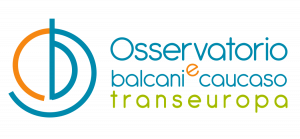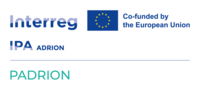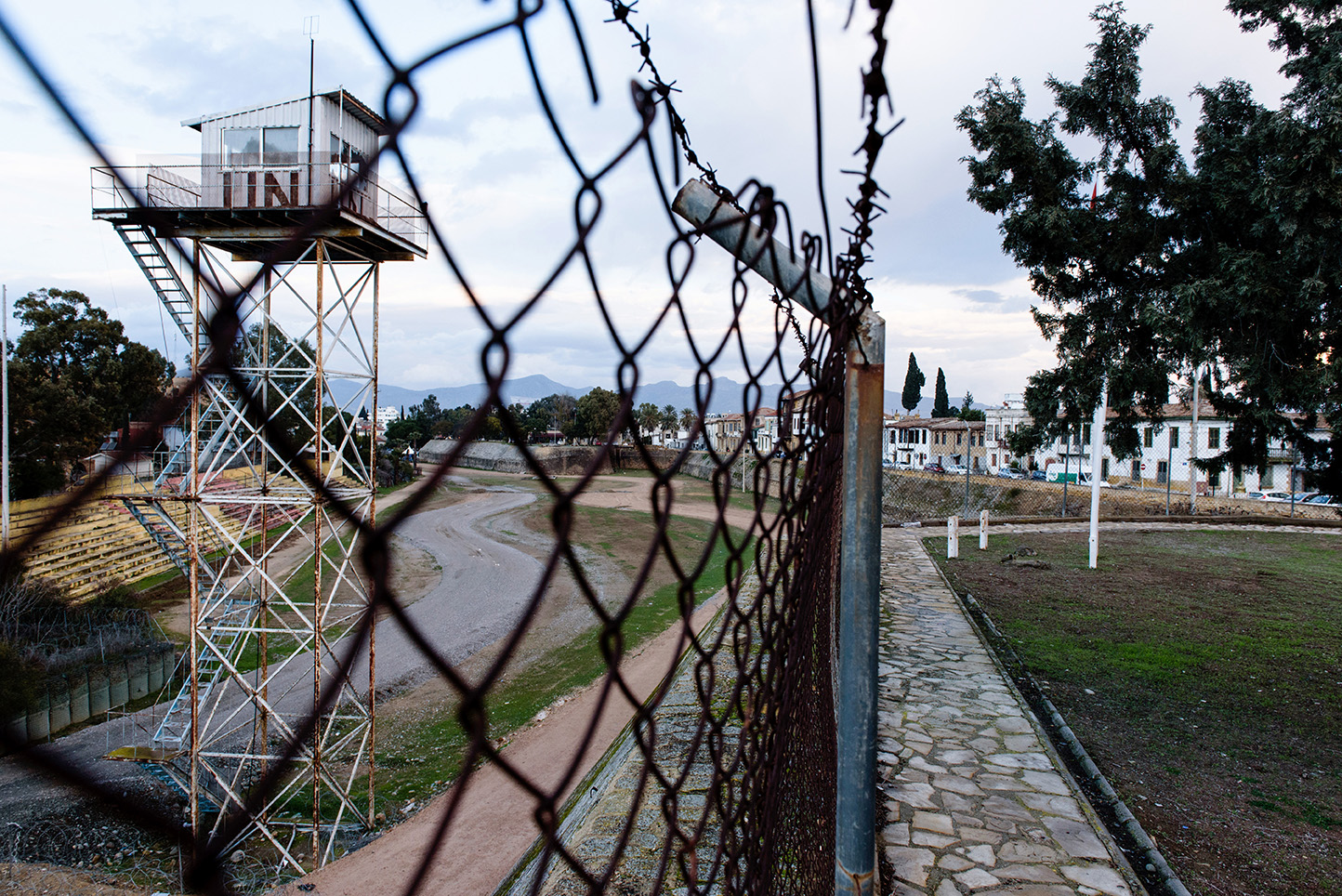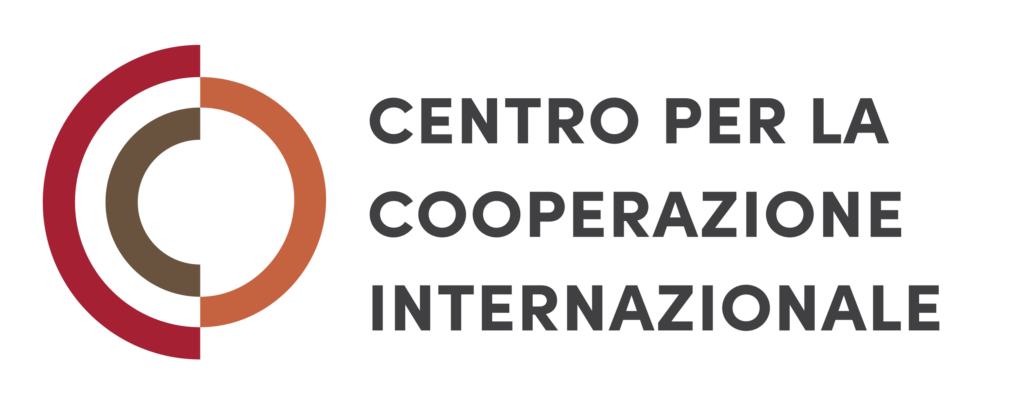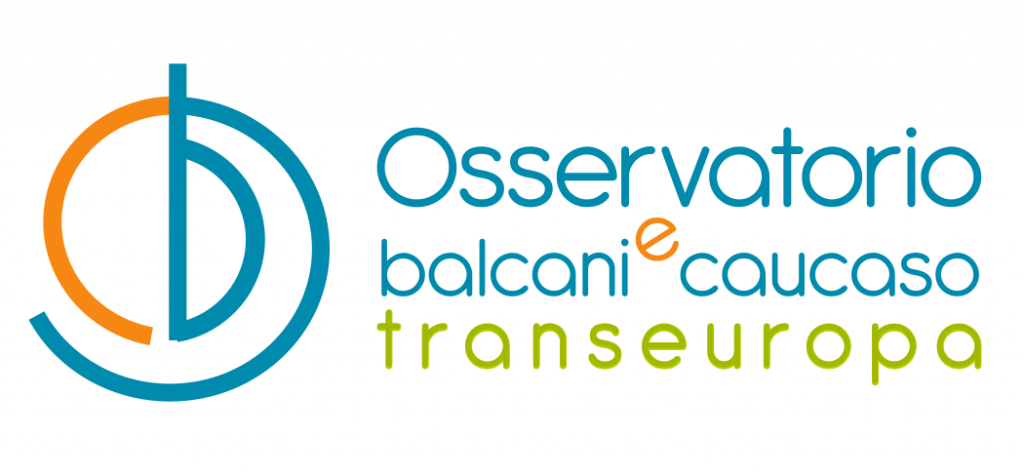Communities of practice as a tool for digital transition: from Emilia-Romagna to the Adriatic-Ionian area
Communities of practice are a collaborative model for sharing expertise and solutions to common challenges. The Emilia-Romagna region has developed an effective model for implementing the Digital Agenda, which is now shared across the Adriatic-Ionian region thanks to an IPA Adrion project

Comunita-di-pratica-e-transizione-digitale-dall-Emilia-Romagna-all-area-Adriatico-Ionica-1
© Shutterstock
The digital transition is one of the main challenges of the present, both for the European Union and for the countries of Southeastern Europe aspiring to become its members. In this context, the Emilia-Romagna region stands out for its innovative approach to the digitalization of public administration: among other initiatives, the creation of thematic “communities of practice,” working groups that bring together different professional skills to collaboratively address common problems.
Thanks to funding from the Interreg IPA ADRION European Territorial Cooperation program, this model could now be extended to the countries of the Adriatic-Ionian area.
Starting in the fall of 2024, the Emilia-Romagna-based company Lepida, together with eight other partners, launched the PADRION project, which aims to strengthen the digital transformation and innovation capabilities of public administrations in the seven participating countries: Albania, Croatia, Greece, Italy, North Macedonia, Montenegro, and Serbia.
We spoke with Cesare Osti, Director of the Welfare and Digital Integration Department at Lepida and Coordinator of the PADRION Project, and Giovanna Parmigiani, Head of the Community Systems Area.
Let’s delve deeper into the concept of communities of practice: what are they and how do you apply them in your work?
Let’s start from the beginning. Communities of practice can arise from the need to share a problem. Essentially, they are people who collaborate, pool ideas, and negotiate to solve a shared problem. The three main elements of every community of practice are a shared knowledge domain (languages, skills, etc.), the community aspect, and the practice of doing things together.
In our region, this idea of communities of practice was not born from the bottom up, but stems from Regional Law 11/2004 for the “regional development of the information society,” which over 20 years ago defined the elements that constitute the organizational system and the tools through which the Region and Local Authorities could collaboratively build the regional information society by optimizing the use of resources, developing shared projects, common digital infrastructures, and best practices. The distinctive feature of our region’s Thematic Communities is that they are therefore the product of a strong institutional framework.
This law established a public company, Lepida, and created the Emilia-Romagna Community Network, an agreement signed by all member entities — effectively all the region’s public entities, from municipalities to provinces, universities, and so on — that allows them to pool ideas, initiatives, and solutions to common challenges. The first Thematic Communities were established between 2008 and 2009, thanks in part to significant national funding and the involvement of a variety of stakeholders in technological development. This was the core of the foundation that allowed us to create a grassroots culture of communities of practice.
Over the years, we’ve learned that (also for technological development, ed.) there are important aspects that go beyond the deployment of technologies, including the empowerment that comes from collaboration, both for the individual participating in the communities and for the system as a whole: in each of our municipalities, there are qualified people who often find themselves working alone in their offices trying to solve the same problem. The idea of pooling ideas to find the best possible solution is very helpful and has become an integral part of our approach over the years.much of our regional culture.
How does your model of communities of practice work?
In the current structure, there are ten thematic communities with 1,304 members to date, including 816 unique members, as a person can join multiple communities. All participants are formally registered by their organization, which adds a further element of responsibility and recognition of each individual’s contribution.
Initially, the participants were almost exclusively IT experts and information systems managers, as there was a strong emphasis on technological aspects. In the more recent model, more and more sector experts have been involved, for example, archivists for document management services; online service experts for projects involving online services for citizens, etc. This has allowed us to broaden the base of participation as well as the range of knowledge and skills brought into play.
Each Thematic Community develops an activity plan at the beginning of the year, focusing on a maximum of three sustainable action objectives to be achieved within the year.
Each Community identifies a maximum of three coordinators appointed by the local authorities. Each Community has a Lepida representative, a Digital Agenda coordinator, and a representative for the specific Regional sector. The combined coordinators and representatives of the 10 Communities form a sort of “core community” that meets periodically to share and align projects and consolidate relationships, collaboration, and exchange among the 10 Communities. The important thing is that although the Thematic Communities are strongly rooted in an institutional dimension, it is not the Region that leads and chooses the actions to be completed during the year. These are decided by considering all perspectives, especially the needs of the local areas. In this sense, the community of practice is a powerful opportunity for connection, discussion, dialogue, and even for addressing issues before they become unsolvable.
Focusing on your ongoing project in the Adriatic-Ionian area, can you tell us more about the PADRION project?
The goal of the PADRION project is to understand how institutions in other countries, both EU and non-EU, are approaching the topic of digital transformation. The overall objective is to promote the development of public services, fostering economic growth and social cohesion, with a focus on process sustainability and gender equality.
Together with our partners, we are working to define a “PADRION model” based on the local digital agenda and the thematic communities of Emilia-Romagna. After the project ends, we would like to create a community of practice among the partners through a Memorandum of Understanding (MoU) to continue promoting this model and potentially extend it to other partners.
Have you encountered any problems or obstacles in this initial phase of project implementation?
In these first few months, we’ve realized that the idea of a community of practice isn’t immediately understandable to everyone.
The digital agenda is quite simple: it involves adopting a political-programmatic tool aimed at guiding the region toward a fully digital transformation. This is a concept shared by all partners.
On the concept of a community of practice, however, we received almost no feedback from partners. The idea of sharing results and working together is more difficult to convey.
When creating a community of practice, you need to know how to build and manage it to achieve a useful outcome. Being part of a community of practice doesn’t mean participating in a webinar; it means building ongoing dialogue with other participants. We need to start from the idea that a community of practice isn’t just transnational, but primarily regional and trans-municipal. It needs to be something that allows you to share not only problems but also results, best practices, and the pros and cons of an experimental project. We’ve had some difficulties with partners on this aspect. Sharing this journey is complex, regardless of whether a country is in the European Union or not.
That’s why we’ve tried to explore our model piece by piece with our partners, starting from the very origins of the concept of a community of practice. The next step will be to develop and test the PADRION model in other regional contexts.
This article was written as part of the project “Il contributo delle Comunità di Pratica per l’integrazione europea dei Balcani”, funded by the Ministry of Foreign Affairs and International Cooperation. The opinions expressed in this publication are those of the authors and do not necessarily represent the positions of the Ministry of Foreign Affairs and International Cooperation.
The project
PADRION (Public Administration facing Digital transformation as a community in the ADRION area) is a transnational collaboration project, funded by the Interreg IPA Adrion program, which aims to support the digital transformation process of public administrations in seven countries in the Adriatic-Ionian area. The project focuses on building the capacity of local communities to ensure that digital solutions are designed based on their specific needs. The partnership is led by the public company Lepida and involves municipalities, municipal associations, and organizations from Albania, Croatia, Greece, Italy, North Macedonia, Montenegro, and Serbia. The project, which began in September 2024 and will run for three years, will conclude in August 2027.
Tag: CoP-CET
Communities of practice as a tool for digital transition: from Emilia-Romagna to the Adriatic-Ionian area
Communities of practice are a collaborative model for sharing expertise and solutions to common challenges. The Emilia-Romagna region has developed an effective model for implementing the Digital Agenda, which is now shared across the Adriatic-Ionian region thanks to an IPA Adrion project

Comunita-di-pratica-e-transizione-digitale-dall-Emilia-Romagna-all-area-Adriatico-Ionica-1
© Shutterstock
The digital transition is one of the main challenges of the present, both for the European Union and for the countries of Southeastern Europe aspiring to become its members. In this context, the Emilia-Romagna region stands out for its innovative approach to the digitalization of public administration: among other initiatives, the creation of thematic “communities of practice,” working groups that bring together different professional skills to collaboratively address common problems.
Thanks to funding from the Interreg IPA ADRION European Territorial Cooperation program, this model could now be extended to the countries of the Adriatic-Ionian area.
Starting in the fall of 2024, the Emilia-Romagna-based company Lepida, together with eight other partners, launched the PADRION project, which aims to strengthen the digital transformation and innovation capabilities of public administrations in the seven participating countries: Albania, Croatia, Greece, Italy, North Macedonia, Montenegro, and Serbia.
We spoke with Cesare Osti, Director of the Welfare and Digital Integration Department at Lepida and Coordinator of the PADRION Project, and Giovanna Parmigiani, Head of the Community Systems Area.
Let’s delve deeper into the concept of communities of practice: what are they and how do you apply them in your work?
Let’s start from the beginning. Communities of practice can arise from the need to share a problem. Essentially, they are people who collaborate, pool ideas, and negotiate to solve a shared problem. The three main elements of every community of practice are a shared knowledge domain (languages, skills, etc.), the community aspect, and the practice of doing things together.
In our region, this idea of communities of practice was not born from the bottom up, but stems from Regional Law 11/2004 for the “regional development of the information society,” which over 20 years ago defined the elements that constitute the organizational system and the tools through which the Region and Local Authorities could collaboratively build the regional information society by optimizing the use of resources, developing shared projects, common digital infrastructures, and best practices. The distinctive feature of our region’s Thematic Communities is that they are therefore the product of a strong institutional framework.
This law established a public company, Lepida, and created the Emilia-Romagna Community Network, an agreement signed by all member entities — effectively all the region’s public entities, from municipalities to provinces, universities, and so on — that allows them to pool ideas, initiatives, and solutions to common challenges. The first Thematic Communities were established between 2008 and 2009, thanks in part to significant national funding and the involvement of a variety of stakeholders in technological development. This was the core of the foundation that allowed us to create a grassroots culture of communities of practice.
Over the years, we’ve learned that (also for technological development, ed.) there are important aspects that go beyond the deployment of technologies, including the empowerment that comes from collaboration, both for the individual participating in the communities and for the system as a whole: in each of our municipalities, there are qualified people who often find themselves working alone in their offices trying to solve the same problem. The idea of pooling ideas to find the best possible solution is very helpful and has become an integral part of our approach over the years.much of our regional culture.
How does your model of communities of practice work?
In the current structure, there are ten thematic communities with 1,304 members to date, including 816 unique members, as a person can join multiple communities. All participants are formally registered by their organization, which adds a further element of responsibility and recognition of each individual’s contribution.
Initially, the participants were almost exclusively IT experts and information systems managers, as there was a strong emphasis on technological aspects. In the more recent model, more and more sector experts have been involved, for example, archivists for document management services; online service experts for projects involving online services for citizens, etc. This has allowed us to broaden the base of participation as well as the range of knowledge and skills brought into play.
Each Thematic Community develops an activity plan at the beginning of the year, focusing on a maximum of three sustainable action objectives to be achieved within the year.
Each Community identifies a maximum of three coordinators appointed by the local authorities. Each Community has a Lepida representative, a Digital Agenda coordinator, and a representative for the specific Regional sector. The combined coordinators and representatives of the 10 Communities form a sort of “core community” that meets periodically to share and align projects and consolidate relationships, collaboration, and exchange among the 10 Communities. The important thing is that although the Thematic Communities are strongly rooted in an institutional dimension, it is not the Region that leads and chooses the actions to be completed during the year. These are decided by considering all perspectives, especially the needs of the local areas. In this sense, the community of practice is a powerful opportunity for connection, discussion, dialogue, and even for addressing issues before they become unsolvable.
Focusing on your ongoing project in the Adriatic-Ionian area, can you tell us more about the PADRION project?
The goal of the PADRION project is to understand how institutions in other countries, both EU and non-EU, are approaching the topic of digital transformation. The overall objective is to promote the development of public services, fostering economic growth and social cohesion, with a focus on process sustainability and gender equality.
Together with our partners, we are working to define a “PADRION model” based on the local digital agenda and the thematic communities of Emilia-Romagna. After the project ends, we would like to create a community of practice among the partners through a Memorandum of Understanding (MoU) to continue promoting this model and potentially extend it to other partners.
Have you encountered any problems or obstacles in this initial phase of project implementation?
In these first few months, we’ve realized that the idea of a community of practice isn’t immediately understandable to everyone.
The digital agenda is quite simple: it involves adopting a political-programmatic tool aimed at guiding the region toward a fully digital transformation. This is a concept shared by all partners.
On the concept of a community of practice, however, we received almost no feedback from partners. The idea of sharing results and working together is more difficult to convey.
When creating a community of practice, you need to know how to build and manage it to achieve a useful outcome. Being part of a community of practice doesn’t mean participating in a webinar; it means building ongoing dialogue with other participants. We need to start from the idea that a community of practice isn’t just transnational, but primarily regional and trans-municipal. It needs to be something that allows you to share not only problems but also results, best practices, and the pros and cons of an experimental project. We’ve had some difficulties with partners on this aspect. Sharing this journey is complex, regardless of whether a country is in the European Union or not.
That’s why we’ve tried to explore our model piece by piece with our partners, starting from the very origins of the concept of a community of practice. The next step will be to develop and test the PADRION model in other regional contexts.
This article was written as part of the project “Il contributo delle Comunità di Pratica per l’integrazione europea dei Balcani”, funded by the Ministry of Foreign Affairs and International Cooperation. The opinions expressed in this publication are those of the authors and do not necessarily represent the positions of the Ministry of Foreign Affairs and International Cooperation.
The project
PADRION (Public Administration facing Digital transformation as a community in the ADRION area) is a transnational collaboration project, funded by the Interreg IPA Adrion program, which aims to support the digital transformation process of public administrations in seven countries in the Adriatic-Ionian area. The project focuses on building the capacity of local communities to ensure that digital solutions are designed based on their specific needs. The partnership is led by the public company Lepida and involves municipalities, municipal associations, and organizations from Albania, Croatia, Greece, Italy, North Macedonia, Montenegro, and Serbia. The project, which began in September 2024 and will run for three years, will conclude in August 2027.
Tag: CoP-CET
